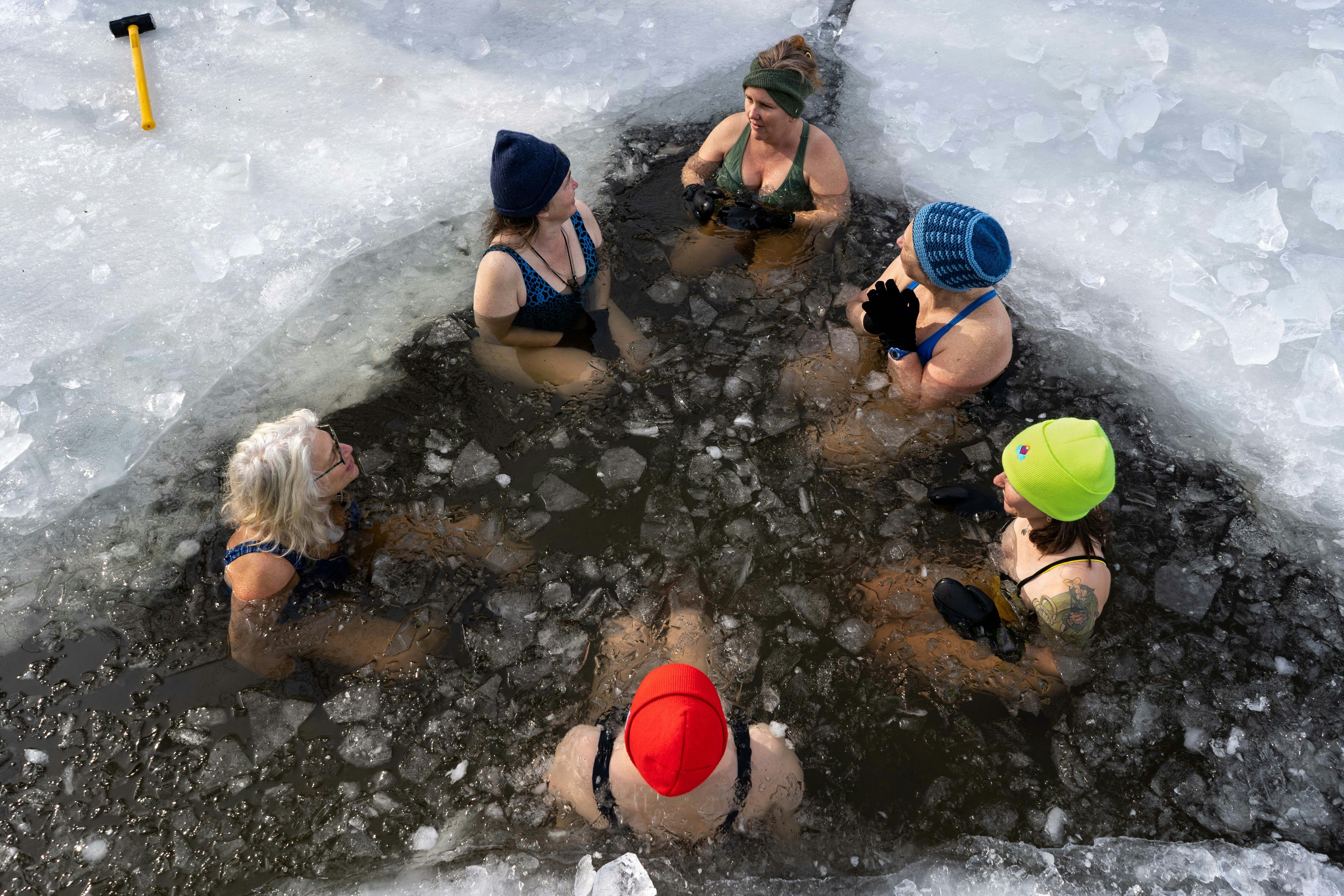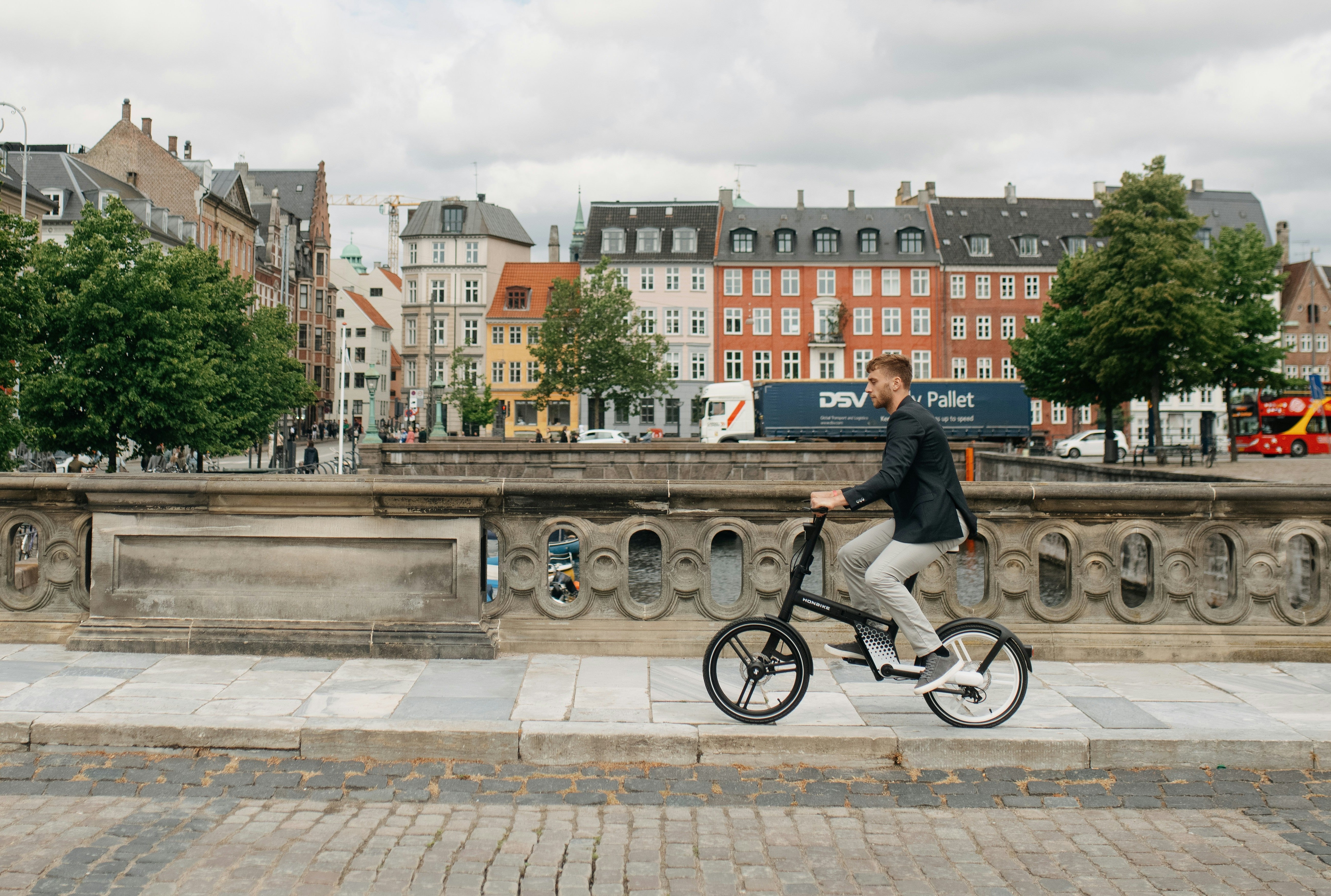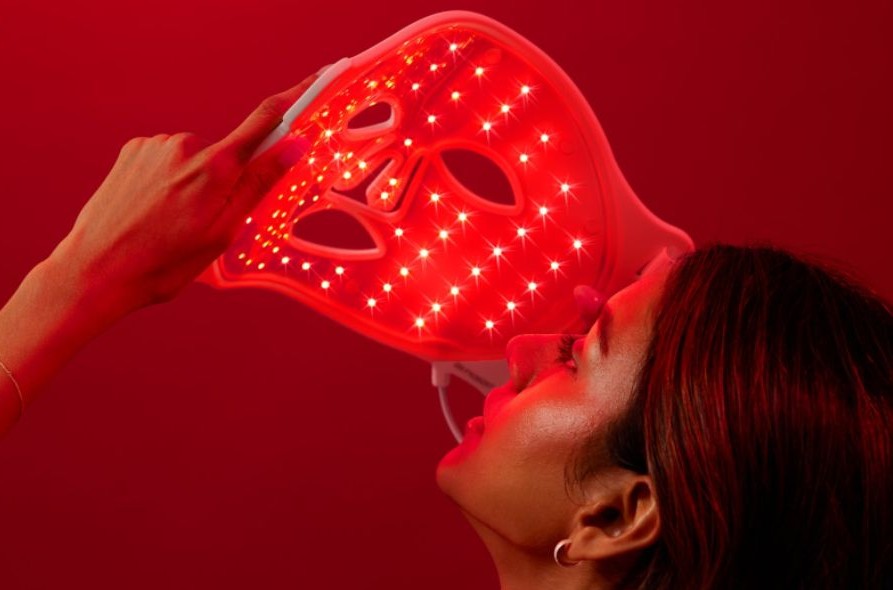Healthy or Hype: Cold Plunging

If your feed is filled with people jumping into tubs of freezing water and claiming life-changing benefits, you’re not alone. Cold plunging—or “ice bathing”—has gone mainstream. What started as an athlete recovery trick has evolved into a viral wellness ritual promising everything from stress relief and mental clarity to boosted metabolism and glowing skin.
But is this chilly trend really as good as it looks on TikTok, or is it just another wellness fad that leaves you… well, cold? Let’s take a plunge into the science behind cold plunging.
Why It's Trending

Cold plunges have been around for centuries (the ancient Romans and Scandinavians were doing it long before social media), but recent years have brought in a new wave of hype.
From backyard plunge tubs to infrared sauna pairings and “contrast therapy” spa packages, cold exposure has become part of the luxury wellness routine. Influencers and high-performance athletes alike tout it as a daily must for mental toughness, faster recovery, improved sleep and better mood.
The appeal is obvious: the practice feels bold, refreshing, and “biohacker-approved.” But beyond the bragging rights, what’s actually happening in your body when you immerse yourself in icy water?
What the Science Says
- Recovery & Inflammation
Cold water immersion can temporarily reduce inflammation and muscle soreness after intense exercise. Studies show it helps lower swelling and perceived pain, which is why athletes have long used ice baths post-game. However, newer research also suggests that plunging immediately after strength training can blunt muscle growth, because reducing inflammation too quickly can interrupt muscle repair signals. If you’re training for hypertrophy (a specific type of resistance training to increase muscle size), timing matters.
- Mood, Stress & Mental Clarity
This is where the trend really claims to shine. Several 2025 studies show that short cold immersions can trigger the release of dopamine and norepinephrine—chemicals linked to alertness, focus, and mood elevation. Many people also report reduced stress and improved focus, however studies found that these impacts were short-lived, lasting about only 12 hours after the cold exposure. Longer lasting impacts were not as clearly seen in these studies.
- Metabolic Health
When your body hits cold water, blood vessels constrict and then dilate as you warm up—this may improve overall circulation. Cold exposure may also slightly increase calorie burn and activate brown fat (brown adipose tissue), which helps regulate body temperature and insulin sensitivity.
The Risks You Shouldn't Ignore
Research over the past few years has shed more light on the potential benefits—and limitations—of cold plunging.
While social media makes cold plunging look effortless, it’s not risk-free.
- Cold shock response: Sudden immersion can cause gasping, rapid breathing, and spikes in heart rate and blood pressure—dangerous for anyone with cardiovascular conditions.
- Hypothermia & “afterdrop”: Staying in too long or plunging into very cold water (below 50°F) can lower your core temperature dangerously, even after you get out.
- Muscle growth interference: Regular post-workout plunging may blunt long-term strength gains.
- Medical conditions: WebMd warns that people with heart disease, Raynaud’s syndrome, cold intolerance, or who are pregnant should avoid plunges unless cleared by a healthcare provider.
How to Try It Safely
If you’re curious to see what the hype is about, here’s how to test it out the smart way:
- Start slow: Begin with cold showers or shorter dips (30–60 seconds) before working up to full immersions.
- Watch the temp: 50–59°F (10–15°C) is cold enough for benefits. You don’t need ice blocks!
- Limit time: Most experts recommend 2–5 minutes max.
- Warm up gradually: Dry off and layer up right after. Don’t jump straight into extreme heat.
- Time it right: If you’re strength training, plunge later in the day—not right after your workout.
The Verdict: Healthy or Hype?
Healthy—with boundaries!
Cold plunging offers real, though potentially minor benefits for mood, recovery, and stress management. It can boost alertness, resilience, and even help you unwind after a tough day.
But it’s not a magic bullet for fat loss or longevity, and it’s definitely not risk-free. The key is moderation: short sessions, safe temps, and consistency over intensity.
If done thoughtfully, cold plunging can be a refreshing addition to your wellness routine—just don’t freeze out common sense in the process.





Comments